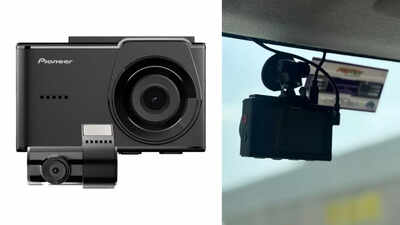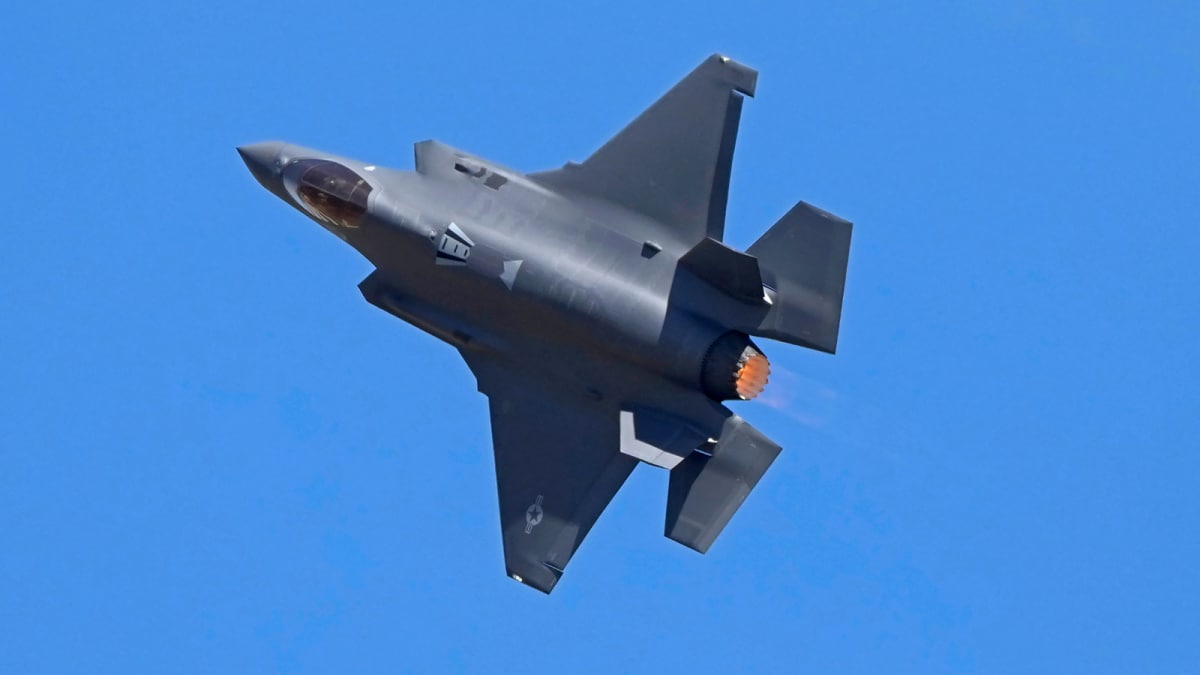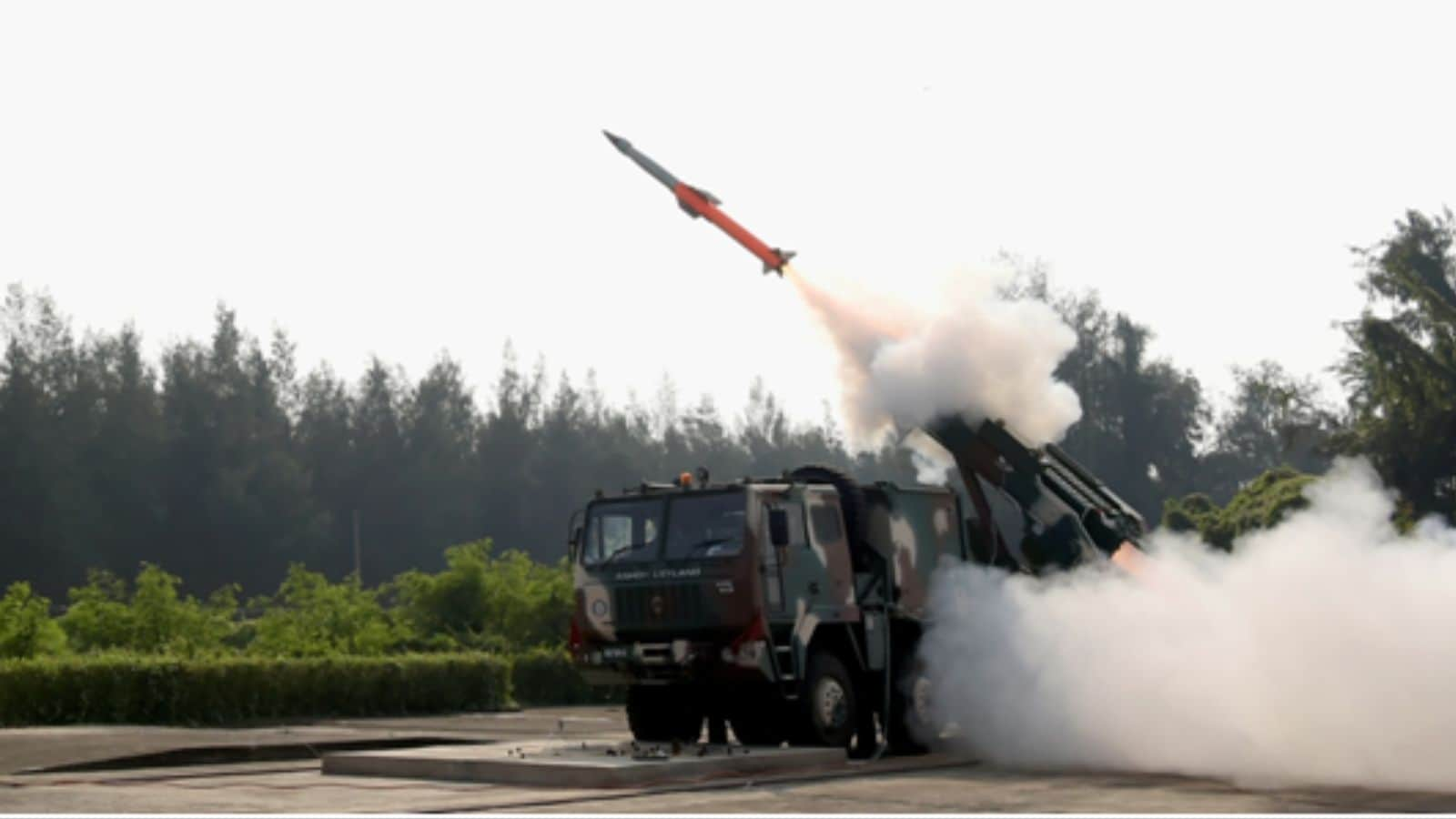ARTICLE AD BOX

Dashcams have gone from being a nice-to-have accessory to an essential part of any car owner’s wishlist, especially in traffic-struck metro cities. Why? Well, because it helps in many ways - from recording evidence in case of an accident or simply capturing unexpected moments on the road, a reliable dashcam can make a big difference. But with so many options out there, most of them feeling either clunky or overpromised, standing out and keeping things simple is not an easy task. That’s where the
Pioneer VREC-H520DC
comes in. We’ve been using this dashcam for a while now, and here’s what we think of it.Build quality & designFirst impressions matter, and Pioneer gets it right. The VREC-H520DC feels like a proper, premium product. It’s compact and sleek. There’s nothing flashy and it has a well-finished matte body that fits in cleanly into the car’s cabin without being intrusive. The front camera is lightweight but sturdy. It also includes a 360° rotatable mount that makes positioning easier. The rear camera is equally compact and discreet. It has a cylindrical design and fits cleanly on the rear windshield. Wiring is neat and long enough to easily route through A-pillars and roof liners.

Installation was straightforward. The camera boots up instantly once connected to the 12V socket. The included adhesives hold both units firmly in place. The mount feels secure even in extreme heat, something that's often overlooked in extreme Indian weather conditions. The rear camera connects to the main unit via a long cable that also handles power and video feed. It’s plug and play, and there are clear markings for all ports.

User interface & connectivity
The 3-inch IPS screen is crisp and easy to navigate. The menu layout is intuitive, and the physical buttons are tactile, not flimsy or loose. Wi-Fi connectivity is built-in, allowing pairing with Pioneer’s ZenVue app. The app lets you preview live video, download footage, and tweak settings - all without needing to remove the SD card. Speaking of storage, the dashcam supports SD cards up to 512GB. We’ve been using a 128GB card, which comfortably records around 8-10 hours of driving footage from both cameras - more than enough for most daily needs. Of course, if you need more, you’ve got room to upgrade. Loop recording ensures you never run out of space, and the camera automatically overwrites old footage (except saved events). There's also GPS logging, which helps track routes and speed - useful in case of disputes or insurance claims.
Kia Carens Clavis first drive review: Game-Changer for electric MPVs? | TOI Auto
Now, to what matters most: the footage. The front camera records at 2K QHD (2560 x 1440) resolution, using a Sony STARVIS 2 IMX675 sensor. Daytime footage is detailed, with sharp number plates, good dynamic range, and minimal motion blur. The night video quality is actually pretty good too. In our Maruti Suzuki Jimny, the fog lamps are quite bright and shine directly on the number plates of vehicles ahead, which makes it hard for the camera to clearly capture them due to overexposure. Still, the dashcam does a solid job and manages to keep things clear most of the time.

The rear camera, which records at Full HD, is more than enough for capturing tailgaters or bumps. It’s not as sharp as the front, but again, Pioneer’s sensor quality makes sure that footage is clean and usable. HDR helps significantly in balancing bright and dark zones, especially when moving in and out of tunnels or under direct sunlight. Another thing that stood out to us was the wide-angle coverage. With a 140-degree field of view, it captures a broad section of the road ahead - more than enough for everyday driving and offering solid situational awareness.

The built-in ADAS includes lane departure warning, forward collision alert, and start alert (when the vehicle in front moves). These are audio alerts and work reasonably well, although they might feel unnecessary at times in bumper-to-bumper traffic.If you opt for the hardwiring kit (which, unfortunately isn’t included in the box), the parking surveillance mode is activated. It basically starts recording if it detects motion or an impact when the car is off. This adds a strong layer of security when parked in unfamiliar areas.
At an MRP of Rs 18,499, the Pioneer VREC-H520DC isn’t the cheapest dash cam around. But what you get justifies the price: fantastic video quality, dependable hardware, dual-channel recording, and peace-of-mind features like ADAS, GPS, Wi-Fi, and parking mode. For those who spend a lot of time behind the wheel or simply want a premium, long-term solution for on-road safety, the VREC-H520DC ticks almost all the boxes.



.png)
.png)
.png)
















 5 days ago
10
5 days ago
10









 English (US) ·
English (US) ·